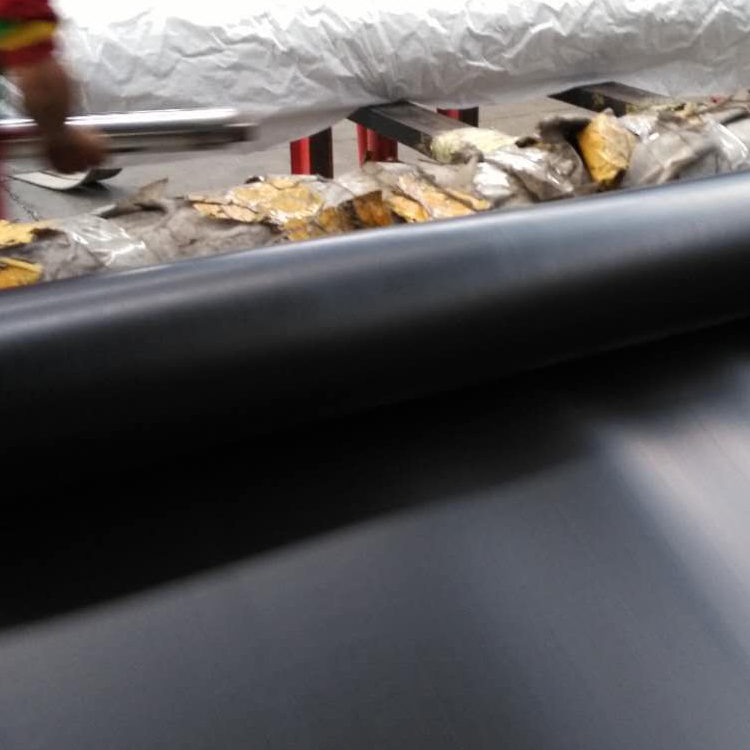

Both filament geotextile and geotextile membrane belong to the category of geotechnical materials, which are emerging environmentally friendly new materials. The performance is different, and the geomembrane is mainly used for anti-seepage of the main body; Geotextiles, on the other hand, have permeable properties and mainly serve as reinforcement, protection, and filtration in engineering; The prices are also different. Geomembranes are calculated based on their thickness, and the thicker the thickness, the higher the price. Most anti-seepage membranes used in landfill sites are designed with 1.5 or 1.0mm urban construction standard geomembranes; Geotextiles are based on the weight per square meter, and the higher the weight, the higher the price of filament geotextile.
The raw materials of the two are different. Geomembrane is a brand new polyethylene resin particle extracted from crude oil as the raw material; Geotextiles, on the other hand, are made from polyester or polypropylene fibers. The production process is also different, and the geomembrane can be made through the casting method rolling process or the blown film three-layer co extrusion process; Geotextiles, on the other hand, are formed through a non woven repeated needle punching process. The difference in performance and purpose is that geomembrane is made of high-density polyethylene, mainly used for anti-seepage, while geotextile is made of non-woven fabric, mainly used for strengthening the foundation.
Its anti-seepage performance mainly depends on the anti-seepage performance of plastic film. When we use it, we usually combine them together, dividing them into one cloth and one film, and two cloth and one film, which have stronger reinforcement and anti-seepage performance. Geotextile is a permeable geosynthetic material made from synthetic fibers through needle punching or weaving. It is widely used in highways, railways, water conservancy, large buildings, power plant ash dam construction, non-ferrous metal tailings treatment, environmental protection engineering, soil and water conservation, and other fields.
Geomembranes are impermeable, while geotextiles are permeable. Geotextiles are a good type of geotextile, and the design requirement for the permeability coefficient of geotextile is greater than 10 times the permeability coefficient of soil. Therefore, it is necessary to raise the water head in front of the geotextile. Under the action of the permeability force, it is possible to carry small soil particles that are close to the geotextile into the geotextile. This situation gradually develops towards the direction away from the geotextile, gradually forming a certain thickness of overhead layer composed of coarser soil particles.
The particles in this layer are relatively coarse and have a high permeability coefficient, but it cannot hinder the movement of fine soil particles. When the filtering effect of the geotextile is fully exerted, the geotextile film will form a natural filter layer on the upstream side of the overhead layer. The content of fine soil particles in the natural filter layer is more than that of the overhead layer, and the water permeability is relatively low, thereby obstructing the movement of fine soil particles in adjacent natural soil layers, thus playing a role in retaining soil. This is how geotextile works.
